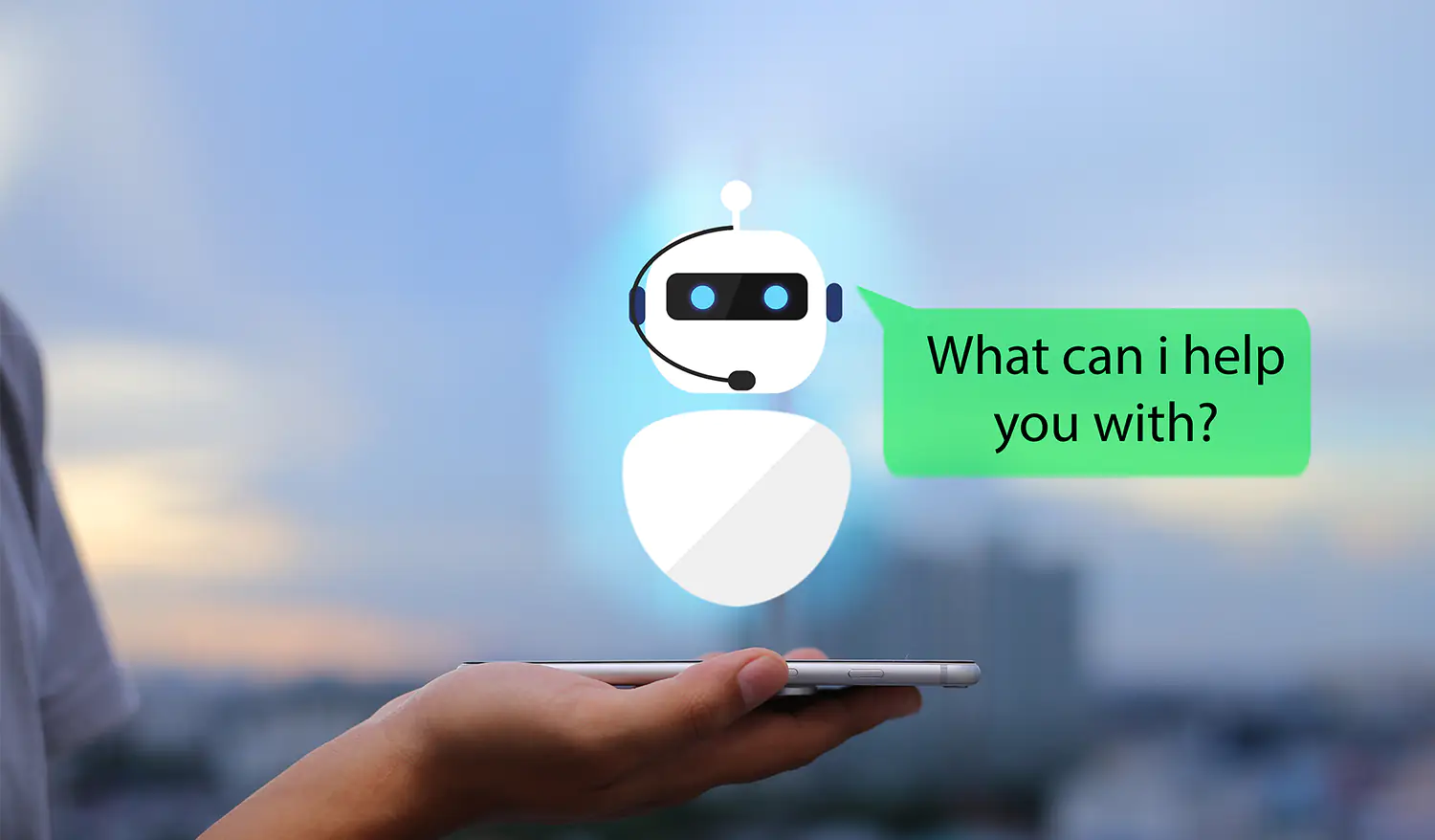
We’ve come a long way from the Turing test-Eliza to Siri-ALEXA-Google Assistant since the evolution of chatbots in 1950, when Alan Turing, an English computer scientist, published “Computer Machinery and Intelligence.” The journey has been long, and manifestations have been far and wide. Organizations are relying on chatbots for enabling them to provide proactive customer service and also helping them to deliver scalable, personalized solutions. Chatbots in the workplace, as trainers and mentors, can have a significant impact on learning outcomes.
In this blog, we’ll discuss the different types of chatbots that are utilized based on their capability to deliver specific solutions. I will elaborate the concept further by providing a case study of a real-life chatbot solution deployment for a quick-service restaurant.
Types of Chatbots
Chatbots are classified into three types based on their capabilities:
- Simple chatbots,
- Smart chatbots,
- and Hybrid chatbots.
Simple chatbots or FAQ (Frequently Asked Questions) bots have a predetermined flow or questions. They are rule-based, task-specific with minimal capabilities. When interacting with users, these chatbots do not infer anything from previous interactions or conversations. Instead, they follow predefined paths. During the chat, the user may be prompted to select options related to their query. The chatbot then identifies the next step in the conversation based on the user’s current selection. These chatbots are well-structured and compatible with customer-service functions, and they can be viewed as an IVRS (Interactive Voice Response system) on the chat.
Simple chatbots are very effective for learning the tasks or operations which have unique business rules and often undergo changes, like SOPs (Standard Operating Procedures) at healthcare organizations. Compliance training can be another good candidate for a simple chatbot.
Smart chatbots are AI (Artificial Intelligence) enabled and are designed to simulate near-human interactions with customers. These chatbots can hold natural-language conversations and understand intent, language, and sentiments. These chatbots need programming to understand the context. They require a lot of data to comprehend and are difficult to implement. Smart chatbots have been tweaked to create virtual assistants. Siri, Amazon Alexa, for example, accumulate knowledge from every human interaction. AI-powered bots can quickly adapt to each individual’s learning needs and help them obtain a more meaningful learning experience.
Hybrid chatbots meet that middle ground. They’re a combination of simple and smart chatbots. Hybrid chatbots can understand intent and context and do some rule-based tasks, making them a balanced instrument for consumer interaction. When used in eLearning, hybrid chatbots can improve both learning efficiency and user experiences.
Chatbots have seen their full potential in customer support, product support, sales support, travel booking, and more. However, chatbots in learning and development have not been explored to their full potential.
Chatbots are becoming an integral part of enterprise training. One such use case is content curation and presenting information to employees in the flow of work. In light of new technologies and easy access to constant connectivity, learners’ expectations and behaviors continue to change. Learners now do not want to wait for L&D (learning and development) teams to run a training class or eLearning module. A chatbot can become the differentiator by bringing information/knowledge on-demand in the form of micro-nuggets. This eliminates the requirement for a learner to go through a complete course to comprehend a concept or acquire an inevitable fact.
Case Study: Chatbot for Quick Service Restaurant
At Harbinger Group, we implemented a chatbot at a large enterprise.
The quick-service restaurant chain had floating staff, and hence training them on the various operations of the restaurant was a challenging task for the L&D team. The following were the significant challenges faced by the L&D team:
- The information was scattered across several documents and in multiple formats.
- The staff came from multiple linguistic backgrounds.
- The staff used email to ask questions or seek responses to their queries, and the process was person-dependent.
To overcome these challenges, Harbinger eLearning experts implemented an AI-based chatbot solution having the following unique differentiators:
- The chatbot was voice-enabled and could take queries and respond in multiple languages. This not only helped minimize individual dependency but also overcome linguistic barriers.
- The chatbot was able to search through documents from many sources and deliver precise information about the document.
AI-based chatbot business benefits
- Cost Advantage: The enterprise saved costs on creating courses specific to operational information. A major advantage was that the learners got information when needed, in the flow of work.
- Enhanced Efficiency: The operational efficiency also increased, thereby helping the staff to serve the customer better.
Future Enhancement Plan
The solution has a potential for further enhancement.
The chatbot can be upgraded by presenting an analytics dashboard. This dashboard can monitor frequently asked questions and offer insight to the L&D team so that they can optimize their training/onboarding activities and other learning initiatives.
Have you tried creating a bot? Do share your experience with all of us in the comments below. Or if you have any questions about our AI-powered chatbot solution, please email us at contact@harbingergroup.com.






